Fertilization
Home » Tree & Plant Care » Fertilization
Fertilization for Resilience
After planting trees and shrubs, they often need the extra nutrients from lawn fertilization programs, as there are usually not enough nutrients in the soil to produce the growth needed to withstand environmental stresses.
There is no one-size-fits-all plan for tree and plant fertilization. Our Certified Arborists base fertilizing programs on the type and overall health of plants and trees, the time of year, the existing nutrient ratio and soil composition.
Like Vitamins, For Trees
In many ways, performing tree and plant fertilization is similar to people taking vitamins. As a part of our regular Tree Fertilization service, we supplement nutrients that help them break down essential elements quicker, and thus heal and grow faster while becoming healthy and vibrant.
Better Foliage, Better Help
In the urban landscape, deciduous shade and ornamental trees gain many benefits from annual fertilization programs. Some of the more valuable benefits of plant and tree fertilization are rapid growth, faster recovery from injury, better foliage, and overall improved health. They are also beneficial for new tree plantings.
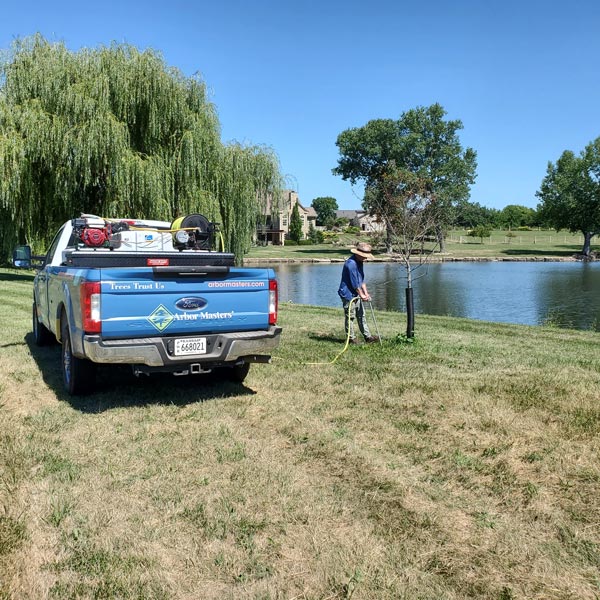
Fully Accredited and Certified Tree Fertilization Services
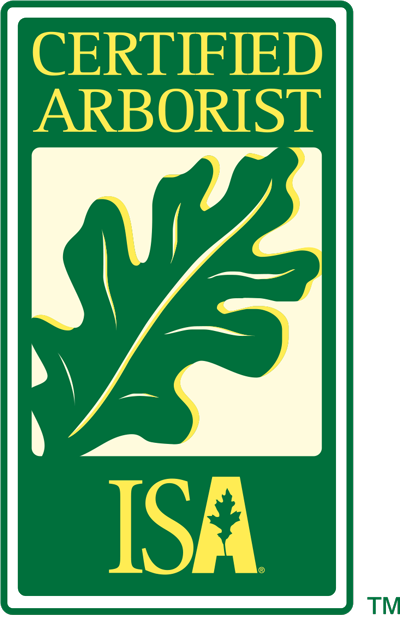

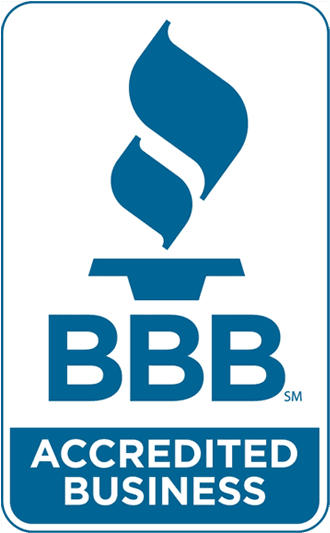
Benefits of Fertilization Services for Trees
Fertilization is the process of adding nutrients to soil to improve the growth of trees. The benefits of fertilization include:

Increased tree growth
Fertilization provides trees with the nutrients they need to grow strong and healthy. This can lead to increased yields in crops and a more lush, green lawn.

Improved tree health
Fertilization can help to prevent tree diseases and pests. This is because healthy trees are better able to resist pests and diseases.

Improved soil quality
Fertilization can help to improve the overall quality of the soil. This can make the soil more fertile and easier for trees to grow in.

Reduced erosion
Fertilization can help to reduce erosion by improving the structure of the soil. This is because healthy soil is better able to hold water and nutrients.

Enhanced nutrient cycling
Fertilization can help to enhance the nutrient cycling in the soil. This is because it provides trees with the nutrients they need to grow, which then return those nutrients to the soil when the trees die.
Frequently Asked Questions About Fertilization Services for Trees & Plants
Visible signs that your trees or plants need fertilization may include small, pale leaves or stunted growth. In addition, newly transplanted trees may need supplemental fertilization due to poor soil or to help reduce shock from transplanting.
Applications are usually timed for late fall or early spring. It is important to remember that tree roots remain active until the soil drops below 40-degrees — this is typically several weeks after the leaves have fallen in the fall, and a few weeks before they appear in the spring. The professionals at Arbor Masters® can diagnose the proper shrub or tree fertilization program for you.
The signs of over-fertilization include:
- Yellowing leaves
- Stunted growth
- Wilting
- Leaf burn
Fertilization provides the nutrients that trees need to produce chlorophyll and other pigments. Fertilizers can help trees and plants to tolerate drought by improving their water retention capacity.
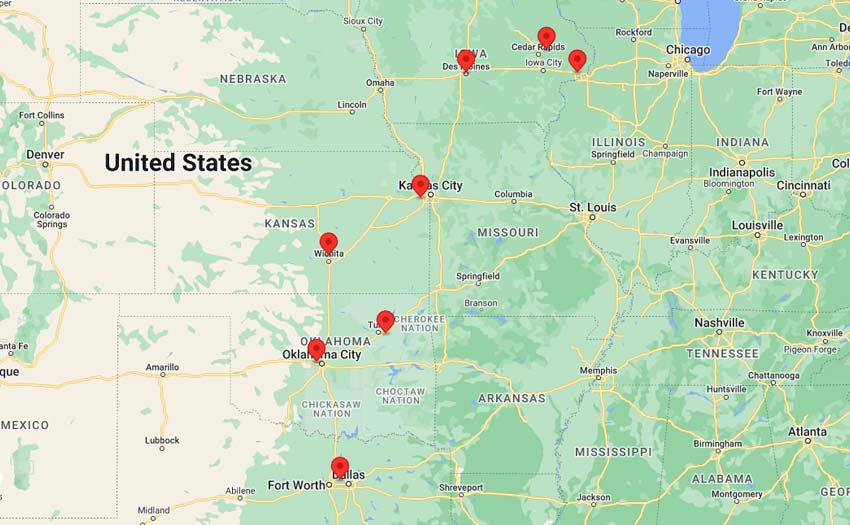
Our Locations
Expert Tree Fertilization Services in Missouri, Kansas, Oklahoma, Iowa and Texas
We’re a team of hundreds of certified arborists and professional tree climbers with local expertise. See where we are in your neck of the woods.


